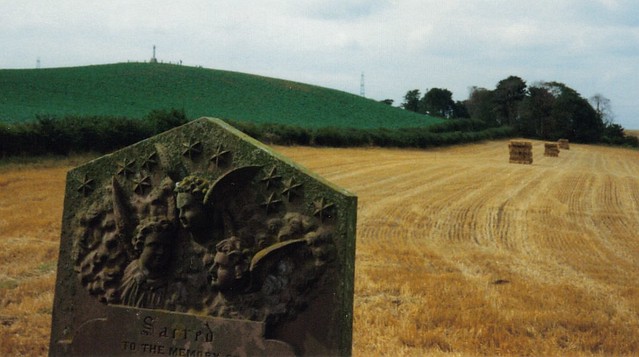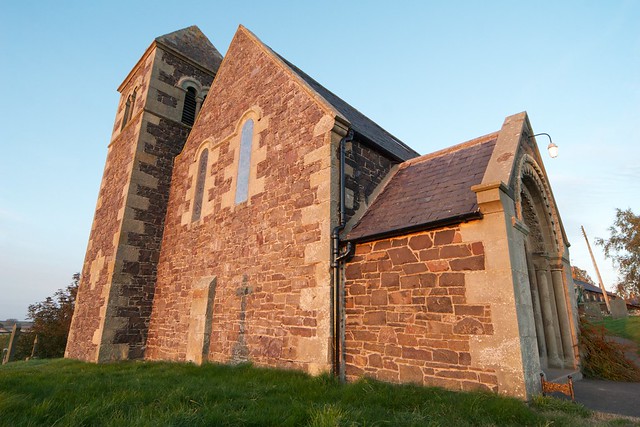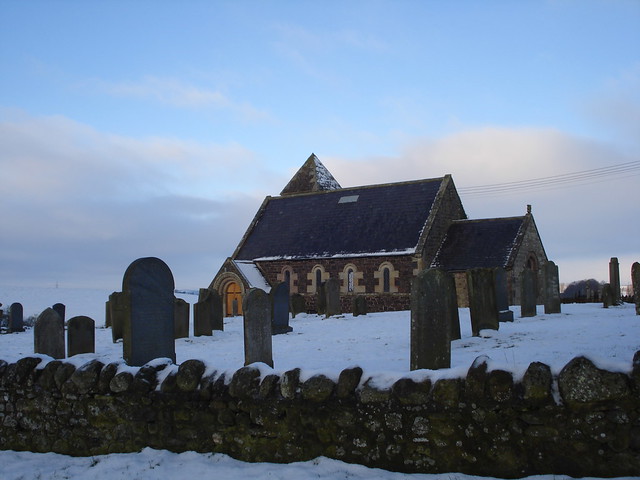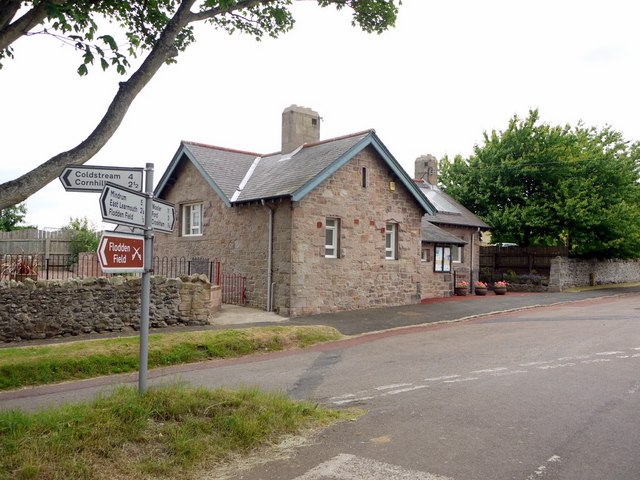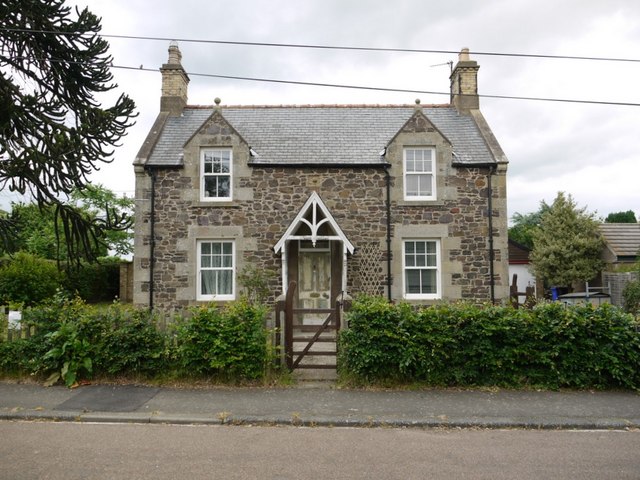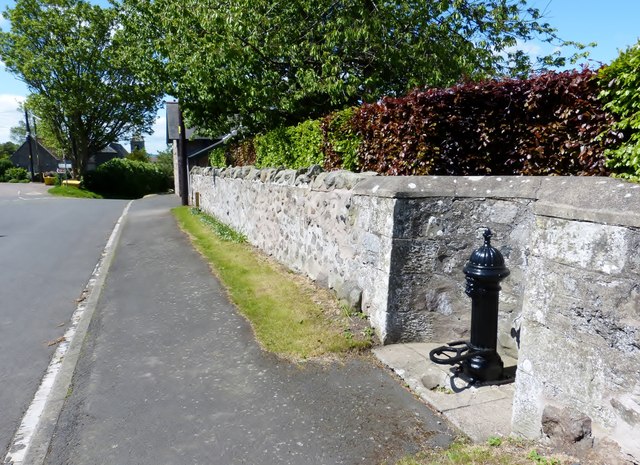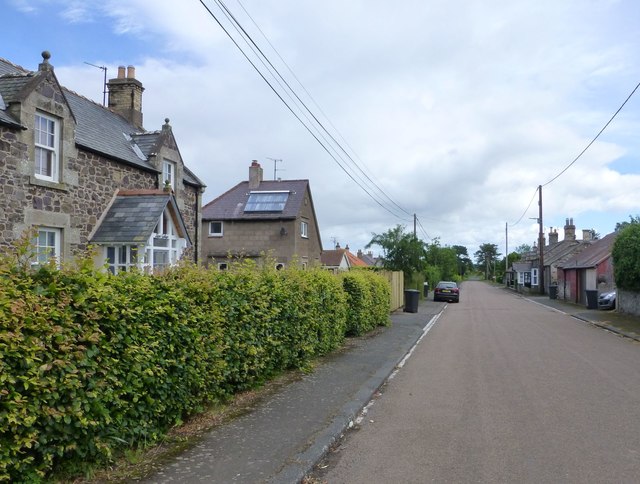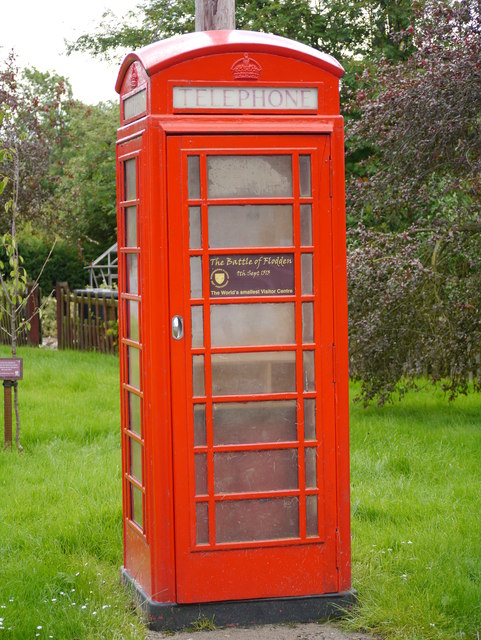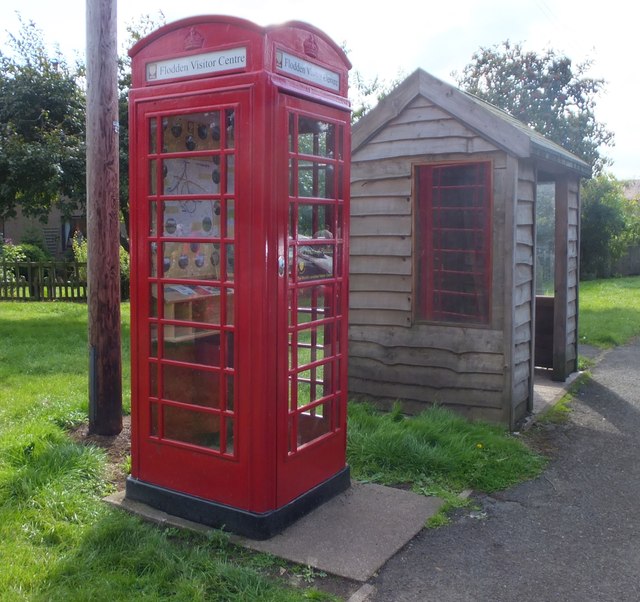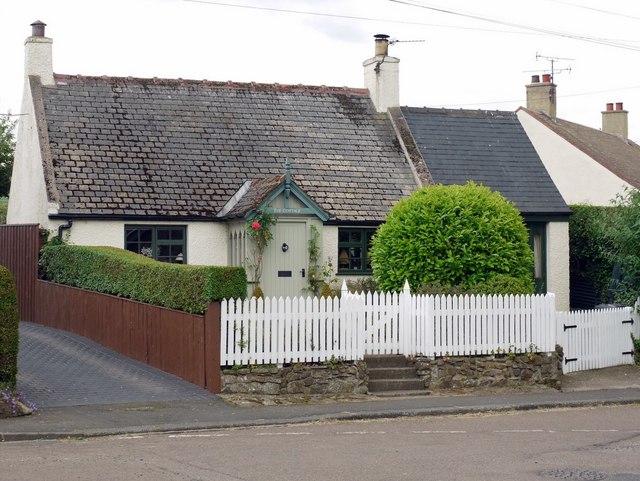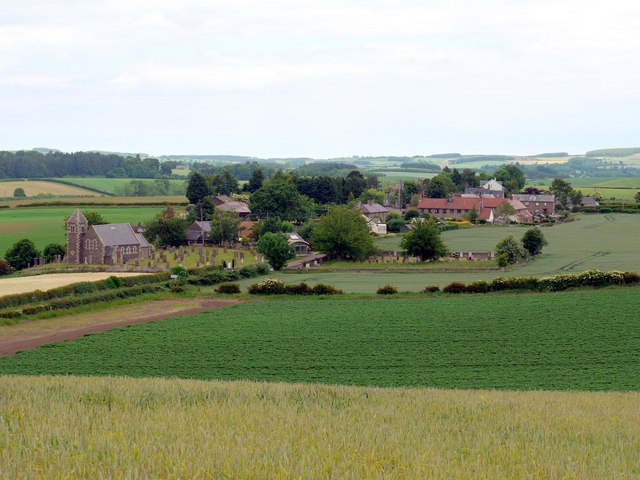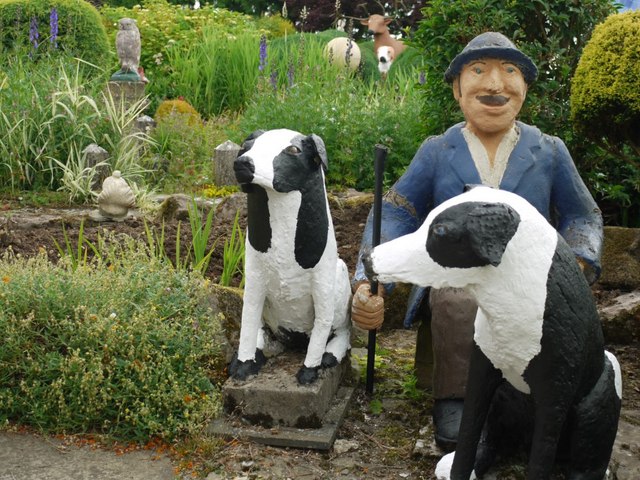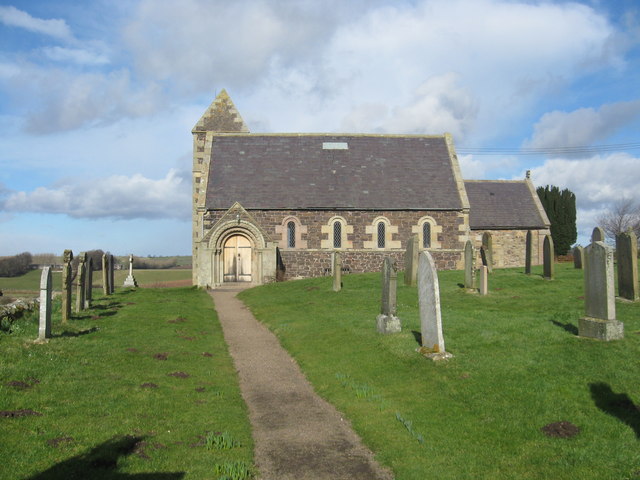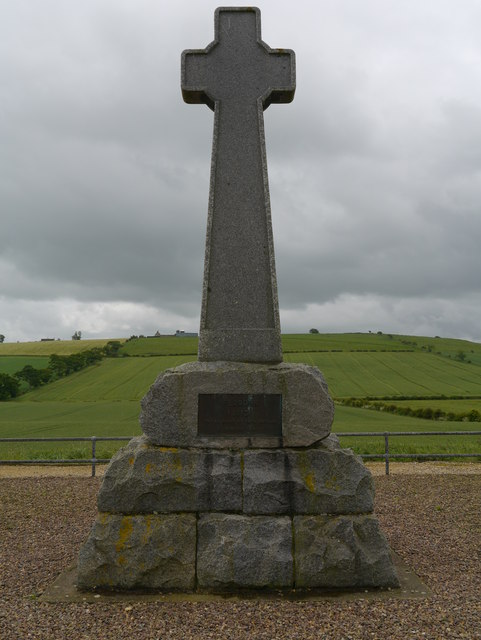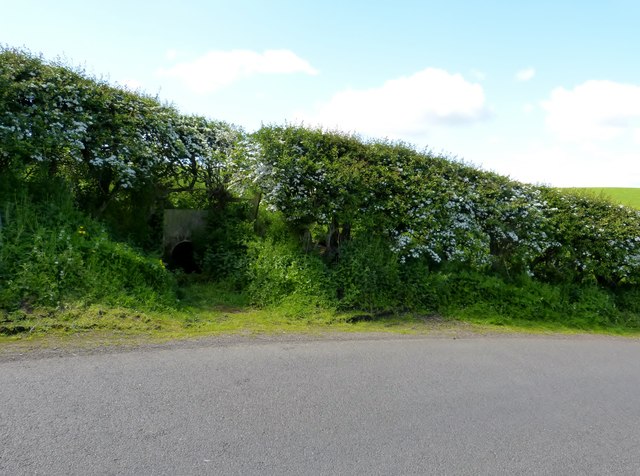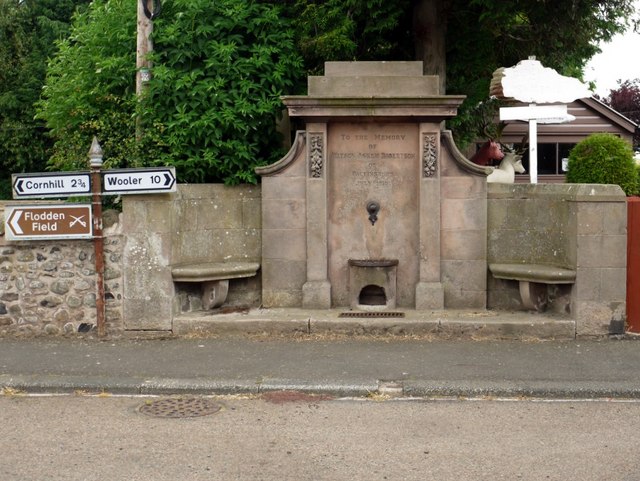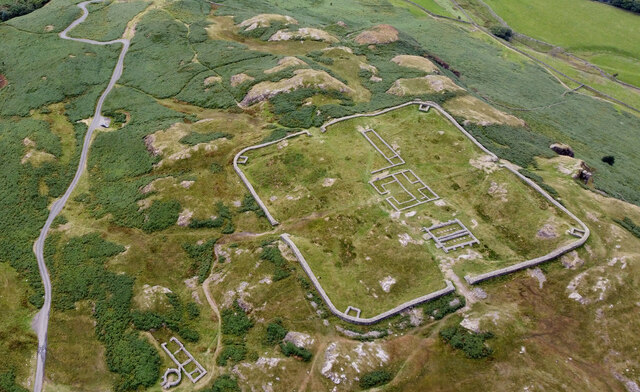Topics > Northumberland > Branxton
Branxton
Branxton is a village in Northumberland located just 3 miles from the England-Scotland border. The village is very close to the site of the Battle of Flodden, fought on the 9th of September 1513, fought between the English and invading Scottish army. A large granite cross on the nearby Piper Hill commemorates the battle. The parish church of St. Paul, occupies the site of an ancient church which was used a mortuary after the Battle of Flodden. Also in the village is a Memorial Drinking Fountain (1910), the unusual "Cement Menagerie", and the hidden away Marmions Well, which was mentioned in a poem by Sir Walter Scott.
Branxton is a village and civil parish in northern Northumberland, England. It lies about from the England-Scotland border and about from the Scottish border town of Coldstream, just off the A697 Newcastle-Edinburgh road. It has a population of 121, rising slightly to 123 at the 2011 Census.
Landmarks
Branxton is very close to the site of the Battle of Flodden, fought on 9 September 1513 between Scotland and England, the latter prevailing. A granite cross on the nearby Piper Hill (UK map reference NT890373) commemorates the battle.
Pallinsburn House, an 18th-century country mansion, stands nearby.
There is a painted concrete menagerie in the garden of one of the houses in the village. The sculptures were made, starting in 1962, by James Beveridge to designs by retired joiner John Fairnington (d. 1981) to amuse his disabled son, Edwin. As well as animals, there are statues of Winston Churchill, T. E. Lawrence and Robert Burns, and many texts set into the plinths and pathways. It has been a popular tourist attraction, with its own tea room, and may still be accessible by the public for free (although with a coin box for voluntary donations).
Religious sites
The parish church, dedicated to Saint Paul, occupies the site of an ancient church which was taken down and replaced by the present structure in 1849.
Notable people
Percival Stockdale, (1736–1811) poet, writer and reformer, especially in opposing slavery.
Visit the page: Branxton, Northumberland for references and further details. You can contribute to this article on Wikipedia.
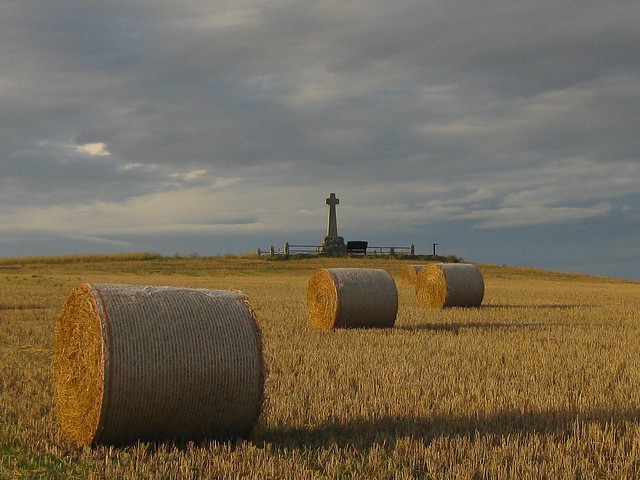
from Flickr (flickr)
Flodden battlefield - 14,000 died here. Now a peaceful home to corn straw.
Pinned by Simon Cotterill

Co-Curate Page
Battle of Flodden, 1513
- Overview About the Battle Map The Battle of Flodden (or Flodden Field) near Branxton was fought between the English and the invading Scottish army on the 9th of September 1513. …
Co-Curate Page
Historic Buildings and Monuments in Branxton Civil Parish
- Listed buildings and scheduled monuments in Branxton Civil Parish, Northumberland, from the National Heritage List for England[1]. Use the Search (below) if looking for a specific building / monument. Structure …

Co-Curate Page
Branxton Parish, 1855
- Extract from: History, Topography, and Directory of Northumberland...Whellan, William, & Co, 1855. BRANXTON PARISH BRANXTON a small parish on the borders of Scotland, comprises 1,487 acres, the property of …


from Flickr (flickr)
Flodden battlefield - 14,000 died here. Now a peaceful home to corn straw.
Pinned by Simon Cotterill

Co-Curate Page
Battle of Flodden, 1513
- Overview About the Battle Map The Battle of Flodden (or Flodden Field) near Branxton was fought between the English and the invading Scottish army on the 9th of September 1513. …
Co-Curate Page
Historic Buildings and Monuments in Branxton Civil Parish
- Listed buildings and scheduled monuments in Branxton Civil Parish, Northumberland, from the National Heritage List for England[1]. Use the Search (below) if looking for a specific building / monument. Structure …


